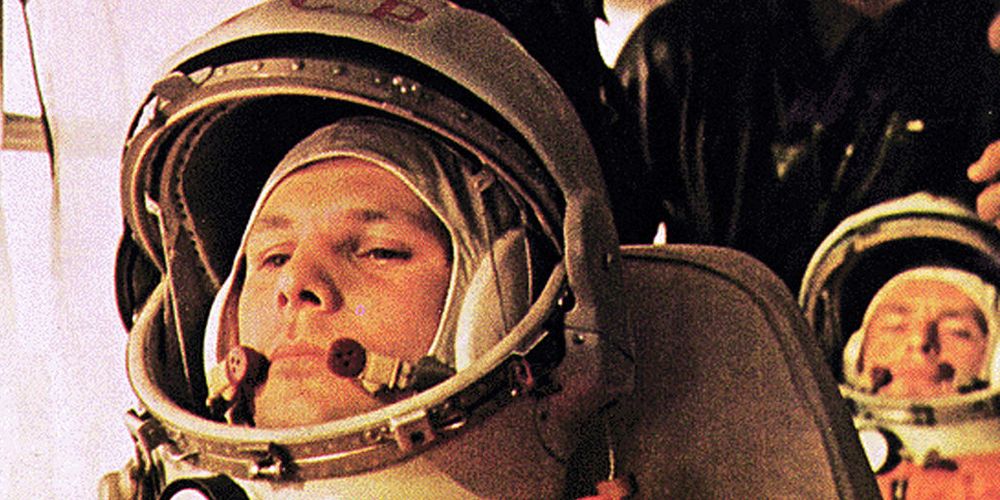ISRO's Gaganyaan Mission: A Historic Leap into Manned Space Travel!
The Indian Space Research Organisation (ISRO) is on the brink of another historic milestone, with the much-anticipated Gaganyaan mission drawing closer to reality. The mission marks India's ambitious foray into manned space travel, and at its forefront is Vyommitra, a female-looking humanoid robot set to become the first tester of this groundbreaking endeavor. ISRO has been making waves in space exploration, with Chandrayaan's successful soft landing on the moon's south pole and the recent launch of Aditya L1, the world's first space-based observatory dedicated to studying the Sun. These achievements have bolstered confidence in ISRO's capabilities, setting the stage for the human spaceflight program. Union Minister Jitendra Singh recently shared an update on India's first manned space mission, revealing that trials for the project are scheduled to commence in October. The second phase of the project will see Vyommitra, the humanoid robot, embarking on a journey into space, paving the way for future manned missions. The Gaganyaan mission, originally slated for 2022, was postponed due to the COVID-19 pandemic but is now scheduled for 2024. Its primary objective is to send a three-person crew on a three-day voyage, orbiting at an altitude of 400 kilometers before safely returning to Earth, with a planned splashdown in the Indian Ocean. Vyommitra, the humanoid robot, plays a pivotal role in validating the crew module's spaceworthiness. This half-humanoid, equipped with advanced capabilities like operating switch panels, monitoring module parameters, and even identifying and interacting with humans, is a crucial step toward ensuring crew safety and mission success. As ISRO continues to make strides in its quest for space exploration, Vyommitra stands as a symbol of India's determination to conquer new frontiers, combining the Sanskrit words for "Space" (Vyoma) and "Friend" (Mitra). With Vyommitra leading the way, India's Gaganyaan mission is poised to rewrite the history of human spaceflight.

